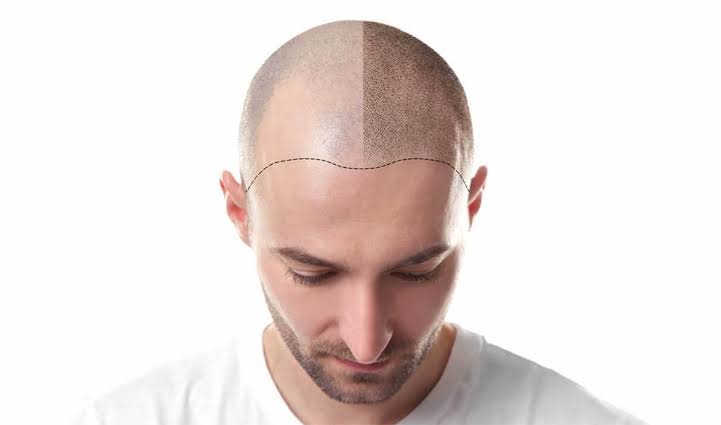Good News For Baldness: Hair Cloning News In 2020 – When Is It Available? – Part 3
Finally, how do we conclude on hair cloning? Keep in mind that they help you get the best out of it. Grow the har full and back now.

What is the Cost of Hair Cloning?
Noted here is with these non-invasive hair multiplication methods none have been discussed here to be commercially available at this point. This means that there are no details on pricing.
It won’t be cheap as it is certain that when the technology hits the market. More expensive than a standard hair transplant you can get today is it almost certain. Where a limited number of clinics will offer it, especially for the first few years.
But only for the rich, so hair loss might indeed become optional in a few years.
The HASCI method is the best proxy method now on the market. It has been available for some years now, as we mentioned combines elements of a classic hair transplant with stem cell regeneration.
Not flat is the cost of treatment. According to the extent of hair loss, male head types are divided into 12 different categories. Costing around $ 6,000 is typically 1000 grafts.
In certain cases coming to be unlikely is a full head of hair to be achieved in the most severe cases.
Ranging from around $3,700 for scalps that require fewer grafts to around $17,800 for the largest number of grafts are rough prices for men. Varying with exchange rates and market conditions are these prices based on treatment in the Netherlands or France.
Until they can guarantee a 90 percent improvement rate, CFS Hair Transplant Clinic in Barcelona will not make its latest treatments available to the public.
Currently between around $ 7,500 and $ 8,000 is the cost of their most advanced transplant treatment.
Conclusion: When Will Hair Cloning Become Available?
Which do work along similar lines, as was mentioned above, there are some techniques currently available that aren’t exactly hair cloning. Here we are speaking about the HASCI treatment that comes to be currently offered throughout Europe in particular.
Such as those being developed by Replicel and Stemson Therapeutics will available as there’s no way to know for sure when real hair cloning procedures.
Here it does not have any complex function, as the hair strands are then seemingly very simple keratin structures. With theoretical biology, hair multiplication is compatible.
Hair multiplication has proven deceptively difficult in practice as also we have been “a few years away” for quite a few years now despite this.
With each shaft of the hair, for example, it has been found that only a small number of germinative cells can be extracted. Making it very difficult for them to generate a new follicle, adding to this few such cells will survive after being reintroduced into the scalp.
After they have been extracted from the patient, another fundamental problem has to do with the difficulty in getting cells to keep on multiplying in vitro. Thereby throwing up many of those unexpected difficulties it is even though simple in theory.
The proven difficulty is even getting the direction in which the new follicles are oriented correctly. Including ingrown hairs, researchers have found that the new hairs grow out in all sort of odd directions.
To direct the new hairs to grow out correctly, Stemson has found it necessary to create a tiny 3-D biodegradable scaffold made with a special 3-D printer thereby tackling the problem. For each patient, this will have to be custom-made.
We have seen very promising press releases that raised excitement in the hair-loss community followed by basically nothing as it’s perhaps understandable that time and again.
What we do get falls far short of expectations or other times like with the Shiseido results published in March 2020.
Finally, once the first non-invasive hair multiplication technology has made an entry to the market, at this point it is a realistic estimate that we will need to wait at least until 2025 to 2027. Whereas it is doubted it will be earlier than that, it could be later.
There are still questions over the long-term efficacy of cloning moreover. Once they have grown out for the first time, in other words, will the cloned hairs be able to live indefinitely? To maintain the effects, will there be a need for regular top-up treatments?
Only time can tell.
Concluding The Discussion
With hair cloning, they do promise a bright future. But it may take years before they come to the forefront of the treatments for baldness and receding hairlines. With male pattern baldness, their effectiveness may vary. So, it is better to wait until research has publicly announced the best option available for the hair condition. Until then let’s keep our fingers crossed. Wait and watch for more
What's Your Reaction?





















